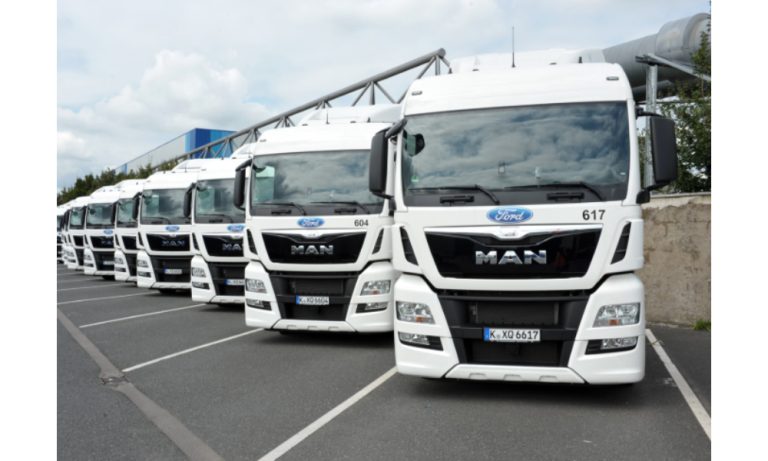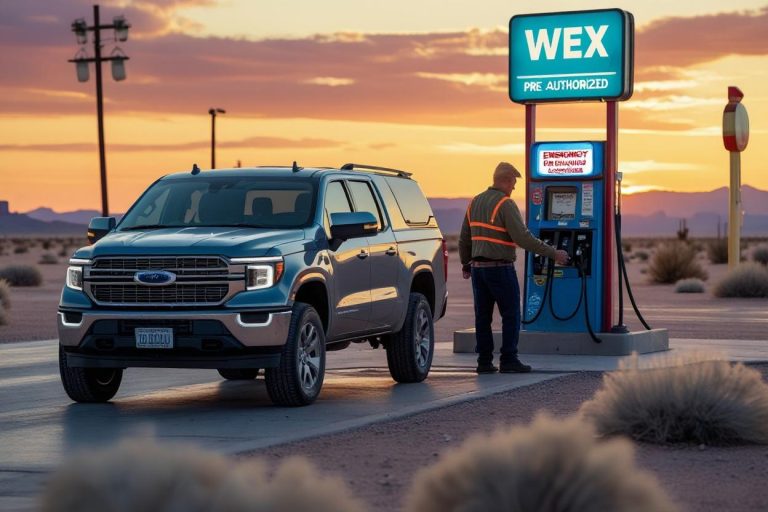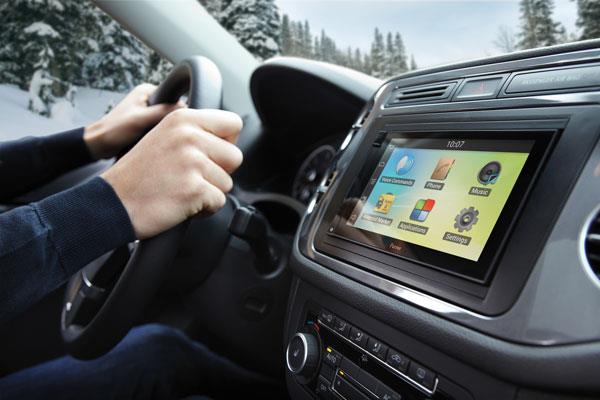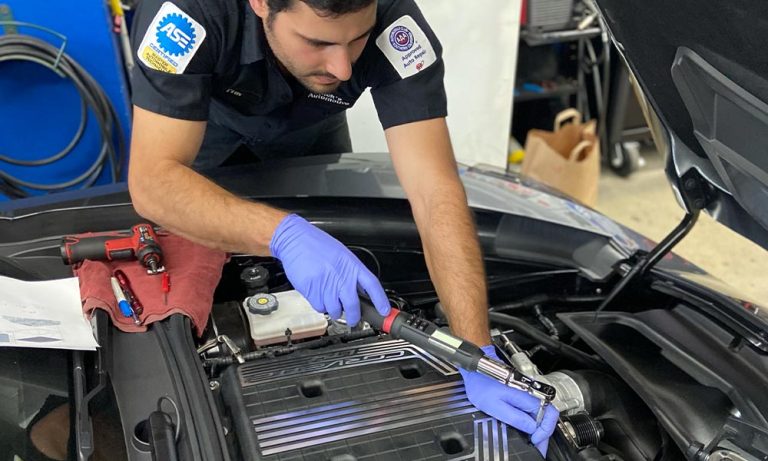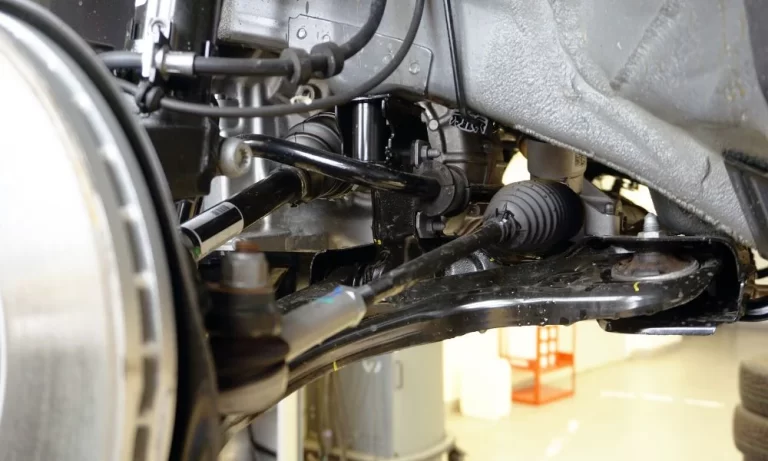For businesses managing vehicle fleets, fuel expenses represent a substantial and often volatile component of operating costs, commonly accounting for 30% to 40% of the total budget. This significant financial outlay makes preventing overspending and mitigating fraud a critical imperative. Without robust controls, seemingly minor instances of unauthorized purchases or inefficient usage can quickly accumulate into significant financial losses. For example, that as much as 1% to 5% of a fleet’s total fuel spend can be lost to fraud or misuse Shell US . For a company spending $1 million annually on fuel, this translates to a potential loss of $10,000 to $50,000 each year directly impacting profitability. Modern fleet fuel cards are specifically engineered with sophisticated control features to prevent overspending and safeguard a business’s fuel budget, offering a level of security and oversight unattainable with traditional payment methods.
The strategic value of fleet cards in preventing overspending lies in their granular, customizable controls and real-time monitoring capabilities. These specialized payment tools empower fleet managers to define precise parameters for fuel purchases, ensuring every transaction aligns with company policy and budgetary limits. By transitioning from less secure or less controlled payment solutions, businesses gain immediate insight and the ability to proactively prevent unnecessary expenses. The increasing adoption of fuel management solutions globally, with the market for fleet management tools projected to reach $35.2 billion by 2030, highlights the growing recognition among businesses of the imperative for strict cost control and security in fuel spending.
Customizable Spending Limits: The First Line of Defense
One of the most fundamental and effective control features of fleet cards is the ability to set customizable spending limits. This feature provides fleet managers with precise financial control over how much fuel can be purchased by each driver or for each vehicle within a specified period.
Daily, Weekly, or Monthly Limits: Businesses can impose specific monetary limits (e.g., a maximum of $100 per day, $500 per week) or (e.g., no more than 50 gallons per transaction) on each card. These limits prevent excessive purchases and help keep fuel costs within budget. For example, setting a daily limit of $75 can prevent a driver from making a single large, unauthorized purchase that exceeds normal usage.
Transaction Limits: Individual transaction limits ensure that drivers cannot make multiple small, fraudulent purchases in rapid succession.
Time of Day/Day of Week Restrictions: Many fleet card programs allow managers to restrict fueling to specific hours or days, aligning with driver shifts or company operating hours. This prevents unauthorized purchases outside of working hours, a common form of misuse. For example, if a driver typically works weekdays from 8 AM to 5 PM, their card can be set to only allow transactions within those limits, preventing weekend or late-night purchases.
These spending limits are dynamic and can be adjusted in real-time via an online account or mobile app, providing unparalleled flexibility. If a driver needs an unexpected increase due to an emergency or extended route, the manager can quickly adjust the limit without issuing a new card. This immediate control means that businesses are not locked into rigid structures and can adapt their fuel management policies as needs evolve, directly preventing overspending. Approximately 58% of fleet operators report using spending limits and purchase controls as primary fraud prevention tactics, demonstrating their widespread effectiveness in safeguarding company money and reducing unauthorized spending by up to 25%.
PIN Verification and Driver ID: Ensuring Accountability
Beyond just monetary limits, fleet cards incorporate robust authentication measures to ensure that only authorized individuals are making fuel purchases, significantly preventing overspending due to misuse or theft.
Mandatory PIN Verification: Every transaction typically requires a unique PIN entered by the driver at the pump. This essential layer of security prevents unauthorized use if a card is lost or stolen. Without the PIN, the card is essentially useless for fuel purchases, dramatically reducing the risk of fraud.
Driver ID and Odometer Prompts: Many fleet card programs require drivers to enter a unique driver ID and the vehicle’s odometer reading at the pump. This links each transaction directly to a specific driver and vehicle, enhancing accountability and providing crucial data for tracking fuel efficiency and usage. This information makes it much harder for drivers to make unauthorized purchases or disguise personal transactions as legitimate business expenses. The requirement for odometer readings ensures accurate calculation of miles per gallon for each fill-up, allowing fleet managers to identify unusual fuel usage patterns immediately.
These authentication features create a clear audit trail for every gallon purchased, leaving no room for ambiguity. This transparency deters potential misuse and makes it easier to identify and address any discrepancies, directly preventing overspending by ensuring proper control over who can buy fuel and for what purpose.
Product Restrictions and Purchase Controls: Tailored Spending
One of the most granular control features offered by fleet cards is the ability to restrict what can be purchased with the card, ensuring that money is spent exclusively on fuel or approved vehicle-related items.
Fuel-Only Restrictions: Businesses can set cards to only allow purchases of fuel (e.g., gasoline or diesel), preventing drivers from using the card for non-fuel items like snacks, beverages, or other convenience store products. This is a significant control that directly prevents overspending on unauthorized items.
Specific Fuel Type Restrictions: For fleets with mixed vehicles (e.g., some gas, some diesel), managers can restrict a specific card to only allow gasoline or only diesel purchases. This prevents costly errors like mis-fueling a vehicle, which can lead to expensive maintenance and downtime, indirectly contributing to overspending.
Maintenance and Service Controls: Some fleet cards allow businesses to extend purchase controls to approved maintenance and service purchases at specific vendors. Even here, managers can set limits on how much can be spent and on what types of services, maintaining control over total vehicle-related expenses. This ensures that repairs and upkeep are conducted within budget and only at authorized locations.
These granular product restrictions offer a high degree of flexibility, allowing businesses to tailor cards precisely to their fleet’s needs and specific company policies. This precise control ensures that every dollar spent via the card is for legitimate business expenses, thereby preventing overspending on unapproved items. With broad network acceptance at stations like and , these controls can be applied across a vast network, ensuring consistency wherever drivers refuel.
Real-time Alerts and Reporting: Proactive Intervention
Modern fleet card programs provide advanced reporting and real-time alert features that are instrumental in preventing overspending by enabling proactive intervention.
Real-time Alerts: Fleet managers can set up customized alerts that notify them instantly via email or text message when specific types of transactions occur. Examples include:
Purchases exceeding a predefined limit.
Transactions at unauthorized locations or times.
Multiple transactions in a short period.
Purchases of unauthorized product types.
A card being used after hours or on a weekend. These immediate alerts allow managers to investigate suspicious activity as it happens, often before significant money is lost, effectively stopping overspending in its tracks.
Detailed Reporting: Every transaction is meticulously recorded, providing comprehensive data accessible through online platforms or mobile apps. Reports can be generated by driver, vehicle, location, or date, allowing fleet managers to identify patterns of overspending or misuse. For example, a report might show a driver consistently fueling larger gallons than their vehicle’s tank capacity, indicating potential “skimming” or personal use. These reports offer unparalleled transparency into fuel expenses, empowering businesses to audit spending effectively. The ability to cross-reference fuel purchases with telematics data (e.g., vehicle location at the time of purchase vs. route) further strengthens fraud detection and helps pinpoint instances of overspending. Automated reporting can also highlight stations where fuel costs are consistently higher, guiding managers to encourage drivers to use more economical locations within the network.
This powerful combination of real-time alerts and comprehensive reporting transforms fuel management from a reactive process into a proactive control mechanism, significantly reducing instances of overspending and strengthening overall fleet efficiency.
Integration with Fleet Management Systems for Holistic Control
The ultimate in preventing overspending is achieved when fuel cards are fully integrated with broader fleet management systems, particularly GPS & telematics tracking. This synergy provides a holistic view that combines fuel transaction data with vehicle performance and driver behavior insights.
Route Optimization and Fuel Efficiency: Telematics can help optimize routes, minimizing unnecessary mileage and reducing fuel consumption. By analyzing fuel card data alongside actual routes driven, managers can identify if drivers are taking inefficient paths, leading to overspending on fuel. For example, reducing out-of-route mileage by even 1% can save thousands of dollars annually for a medium-sized fleet.
Idling Reduction: Telematics systems pinpoint excessive idling, a major fuel waste. A truck burning approximately one gallon of diesel per hour of idling can lead to substantial unnecessary expenses—up to $7,000 per truck annually if unchecked. By identifying and addressing idling, businesses can significantly reduce overspending on wasted fuel.
Preventative Maintenance and Fuel Economy: Telematics provides vehicle diagnostics, allowing for predictive maintenance. A poorly maintained vehicle (e.g., one with underinflated tires or a clogged air filter) consumes more fuel. By ensuring vehicles are always in optimal condition, these systems indirectly prevent overspending by maximizing fuel economy. Proper tire inflation alone can improve gas mileage by up to 3%.
This comprehensive integration allows businesses to not only prevent direct fraudulent overspending but also to address systemic inefficiencies that lead to higher fuel costs. The global fuel card market is projected to grow to nearly $3 trillion by 2034, with a CAGR of 15.21%, largely driven by the demand for these integrated control and optimization solutions. By leveraging the sophisticated control features inherent in modern fuel cards, businesses can effectively safeguard their fuel budget, reduce operating costs, and achieve greater financial efficiency across their entire fleet.


